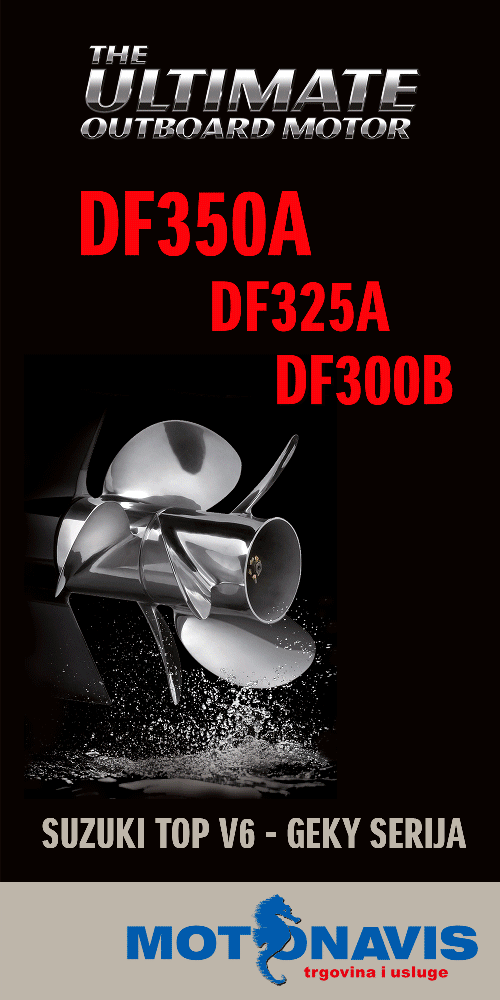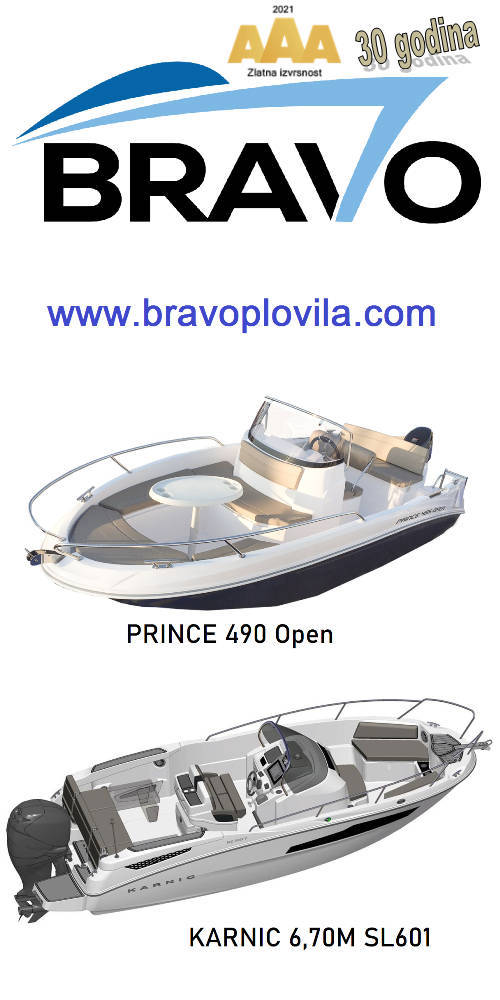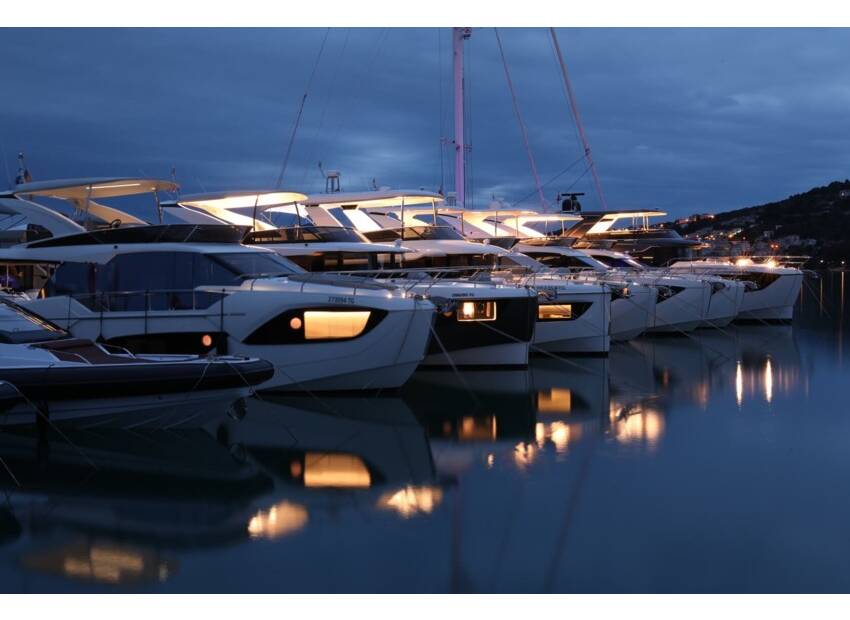The important part of modern sailing boats is their engine, primarily for security purposes, and most frequently for manoeuvres during docking. Therefore is engine checkings very important before cruising. This useful check list is published by Royal National Lifesaving Institution:
Pre-start checks:
1. Bilge blower. If you have a bilgeblower or engine room extractor fan, run it for a few minutes before starting the engine.
2. Visual check. Check belts and hoses for cuts, splits, or fraying and look out for oil or coolant leaks.
3. Fuel. Make sure you have enough fuel for your intended trip, plus a reserve ofabout 20% of the tank´s capacity and make sure the fuel tap is open.
4. Fuel filter. Some boats have a transparent water separator/filter in the fuelline. Inspect the bowl for water or dirt and drain off any visible contamination.
5. Engine oil. Check the engine oil level with the dipstick and top up if necessary to keep the level between the ´max´ and ´min´ marks.
6. Gearbox oil. Check the oil level with the dipstick. NOTE: Some gearbox oil levels can only be checked with the engine running. Many gearboxes need special oil: engine oil will NOT do!
7. Raw water filter. Shut the cooling water seacock; remove the filter element and clean it if necessary. Replace the element, screw the lid back onto the filter body and OPEN THE SEA COCK.
8. Fresh water level. Some engines have fresh water cooling systems as well as raw water. Carefully remove the header tank cap and top up with water/anti-freeze mixture if necessary to bring the level within about 50mm of the top. Replace the header tank cap.
9. Battery switch. Turn the battery switch on before starting. Do not switch it off while the engine is running.
10. Stern gland greaser. Boats with ‘traditional’ transmission systems have stern gland greasers. Give the cap or handle one full turn.
11. If your boat has an outdrive engine, trim tabs, or power steering, check the level of the hydraulic fluid in the hydraulic reservoirs and top up if necessary.
12. If your boat has an outdrive engine, check that the leg is clear of weed, rope or plastic bags etc and is fully down.
After starting:
1. Immediately check that there is a good flow of water from the exhaust pipe or cooling water tell-tale.
2. Allow the engine to warm up so that it will tick-over smoothly before setting off.
www.rnli.org.uk
Related articles

Suzuki DF300B
Suzuki Motor Corporation is pleased to announce the introduction of the all–new DF300B, which is the latest outboard model to join Suzuki’s existing ‘GEKI’ series of dual-propeller outboards





















